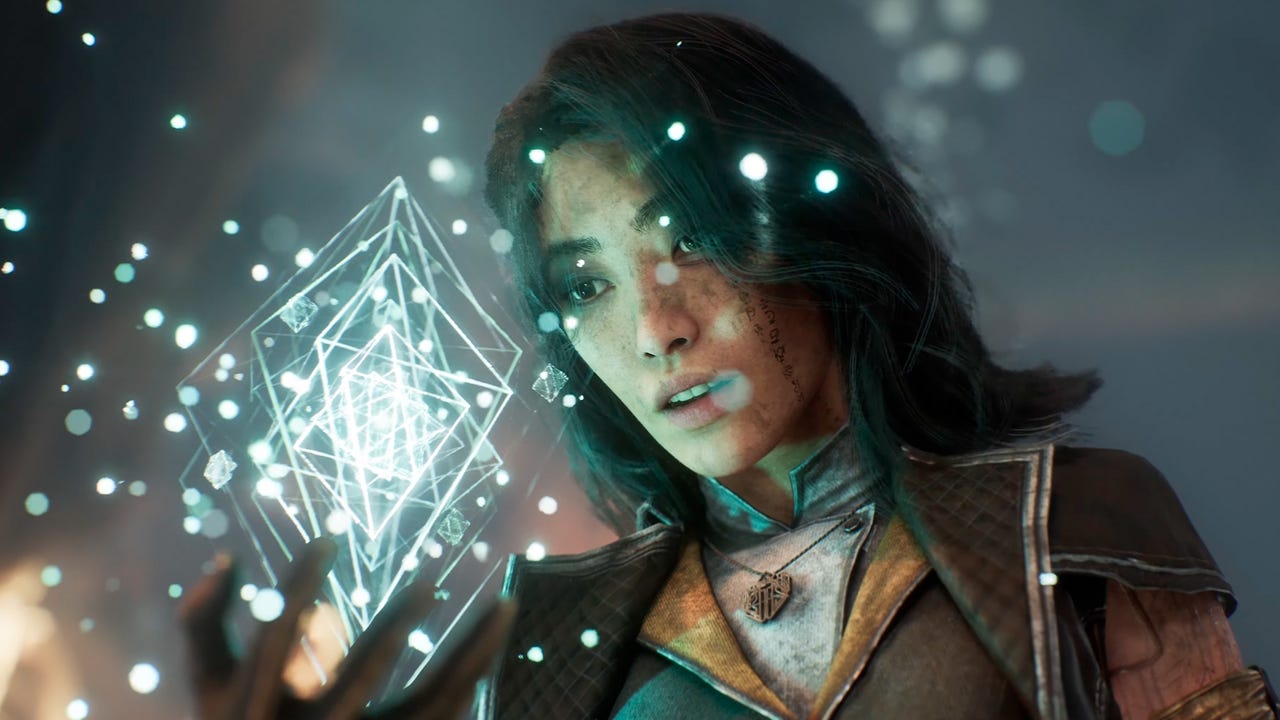Ghost Story Games must have sensed that we were becoming antsy about Judas, the upcoming game from BioShock creator Ken Levine that’s touted an impressive-sounding “narrative LEGOs” approach. The studio has dropped the first of seemingly multiple Dev Logs today, with this one talking about the game’s complex, Shadow of Mordor-like “Villainy” system.
Levine has been alluding to the game’s Shadow of Mordor inspirations ever since he first teased Judas waaaaay back in 2017. At the time, he said that he wanted to do a more ambitious version of the game’s Nemesis system, which allowed players to form relationships with orcs they fought and developed them into characters with motivations, special abilities, and more. It’s a system that’s been praised industry-wide, but few if any games since have included a similar feature.
Originally, Levine talked about the concept of “radical recognition,” essentially the process of a game recognizing player accomplishments or failures or other activities as often as possible, and reacting to them. He elaborated more in an interview we did with him last year, explaining the game’s “Big Three” trio of main characters and their relevance to the plot and relationship to the player. Judas revolves around making choices to help or hinder these three characters, which in turn will change their relationship to the player.
Today’s Dev Log elaborates even further. As the blog explains, the Big Three’s ebbs and flows are part of a system Ghost Story is calling Villainy. While in most games, the story’s villain is set from the beginning, in Judas, player choice guides who the villain will be. Players can befriend and interact with all three members, but inevitably, one will end up being neglected or refused, and that character will become the villain. Once that happens, they gain new abilities and will begin to take action to subvert the player’s goals.
In Judas, you’re going to get to know these characters intimately. We want losing one of them to feel like losing a friend. We want to play with that dynamic, and we want that choice to be super hard. The Big 3 are all going to be competing for your favor and attention. They can bribe you, save you in battle, talk shit about the other characters, and share with you their darkest secrets. But eventually, you’ve got to decide who you trust and who you don’t.
Ghost Story says that the Villainy system marks a new development milestone for the team, which also incorporated the team’s biggest playtest yet. The blog also notes that the game will likely have over one hundred different speaking parts due to a big cast of characters. And while unfortunately, the studio isn’t ready just yet to lock in a release date, it did drop this new Judas official art inspired by movie poster artist Drew Struzan:
Judas is planned for release on Xbox, PC, and PlayStation at an unknown later date.
Rebekah Valentine is a senior reporter for IGN. You can find her posting on BlueSky @duckvalentine.bsky.social. Got a story tip? Send it to rvalentine@.
This article was amended after publication to make clear that the poster art was inspired by Drew Struzan, not made by him directly.



Leave a Comment